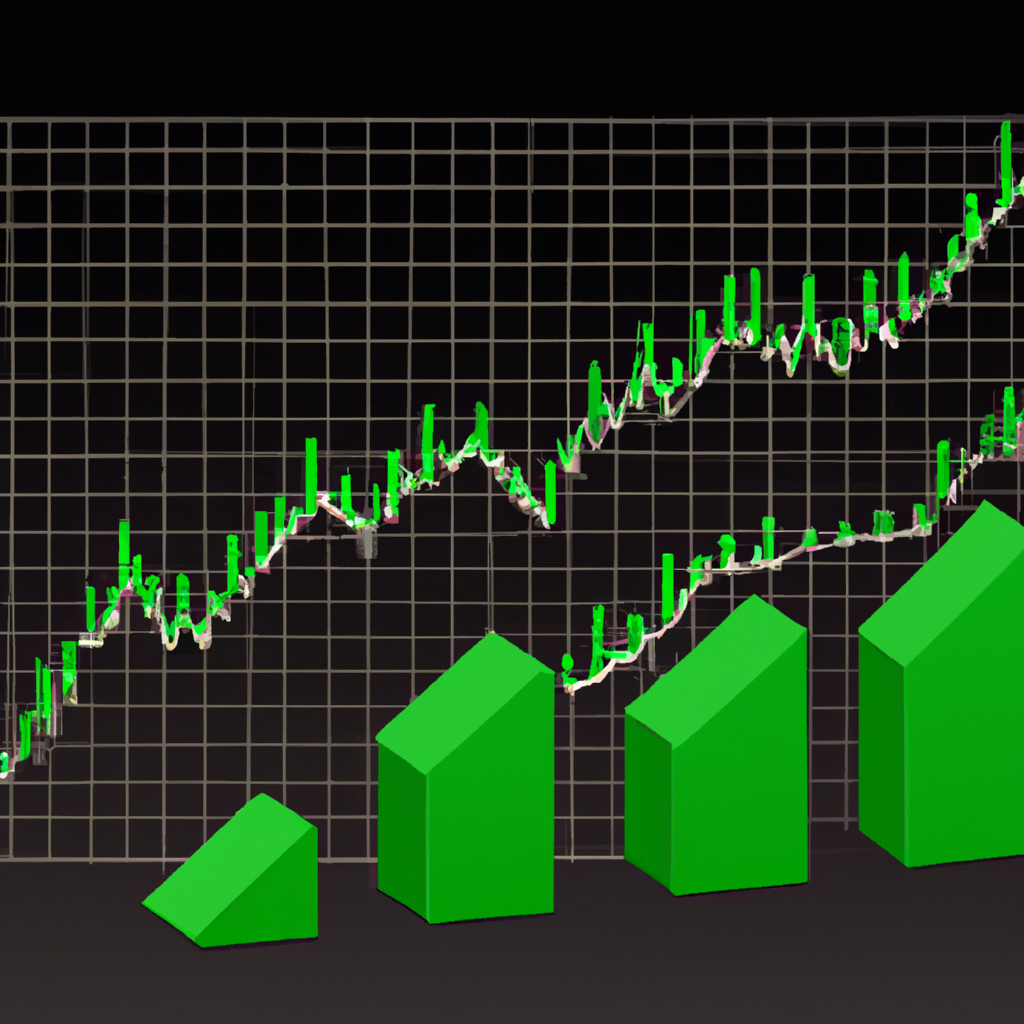Fibonacci Retracement Levels: A Powerful Tool for Technical Analysis
Introduction
When it comes to technical analysis in financial markets, traders and investors often rely on various tools and indicators to make informed decisions. One such tool that has gained significant popularity is Fibonacci retracement levels. These levels are based on the Fibonacci sequence, a mathematical concept discovered by Leonardo Pisano, also known as Fibonacci, in the 13th century. In this article, we will explore what Fibonacci retracement levels are and how they can be effectively used in analyzing price movements.
Understanding Fibonacci Retracement Levels
Fibonacci retracement levels are horizontal lines drawn on a price chart to identify potential support and resistance levels. These levels are based on key ratios derived from the Fibonacci sequence, namely 23.6%, 38.2%, 50%, 61.8%, and 78.6%. The Fibonacci sequence is a series of numbers where each number is the sum of the two preceding ones (e.g., 0, 1, 1, 2, 3, 5, 8, 13, 21, and so on).
Applying Fibonacci Retracement Levels
Here are the steps to apply Fibonacci retracement levels effectively:
Step 1: Identify a Significant Price Swing
The first step is to identify a significant price swing on the chart. This can be a recent high or low point that represents a significant move in the price of the asset being analyzed.
Step 2: Draw Fibonacci Retracement Levels
Once the significant price swing is identified, draw the Fibonacci retracement levels. The starting point of the retracement should be the lowest point of the swing (for an uptrend) or the highest point of the swing (for a downtrend). The ending point of the retracement should be the opposite extreme of the swing.
Step 3: Analyze the Retracement Levels
After drawing the retracement levels, it is important to analyze the price action around these levels. The key Fibonacci retracement levels act as potential support and resistance levels. Traders often look for price reversals, consolidations, or breakouts near these levels to make trading decisions.
Benefits of Fibonacci Retracement Levels
Fibonacci retracement levels offer several benefits for technical analysis:
- Objective Analysis: Fibonacci retracement levels provide objective levels of potential support and resistance, eliminating subjectivity in decision-making.
- Popular among Traders: These levels are widely used by traders and investors, making them self-fulfilling prophecies to some extent.
- Works in Multiple Timeframes: Fibonacci retracement levels can be applied to various timeframes, from intraday trading to long-term investing.
- Enhances Risk Management: By identifying potential levels of support and resistance, Fibonacci retracement levels can help traders set stop-loss orders and manage risk effectively.
Conclusion
Fibonacci retracement levels are a powerful tool in technical analysis that can assist traders and investors in identifying potential price levels of support and resistance. By applying these levels to price charts and analyzing price action around them, market participants can make more informed trading decisions. However, it is important to note that Fibonacci retracement levels should not be used in isolation but in conjunction with other technical indicators and analysis techniques for better accuracy and confirmation.
